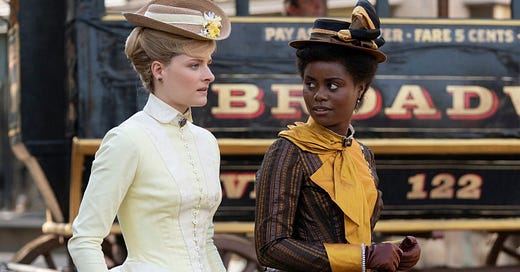Review: The Gilded Age
Julian Fellowes follow up to Downton Abbey is a huge New York-set series that lays the groundwork for modern America.

Stand at what I believe is the center of the universe, 30 Rockefeller Plaza in New York, and you can see the impact of John D Rockefeller up and down the road as you stare off into the distance. Heck, the building you are at is named after the man. It’s the birthplace of television broadcasting. All the stars, formats, and major TV memories that launche…




